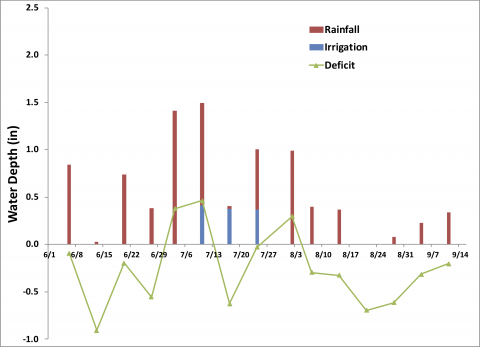Woodman Horticultural Research Farm at UNH
Climate change poses both risks and opportunities for Northeast growers.
A trend toward shorter, milder winters leads to longer growing seasons and potential for new crops and varieties for local markets. However, these seasonal shifts may also benefit many insect pests and be harmful for some pollinator species. Researchers from the University of New Hampshire (UNH) are looking at ways that growers might adapt to and take advantage of current and expected climate conditions. Check out the research taking place at this New Hampshire Agricultural Experiment Station farm.


